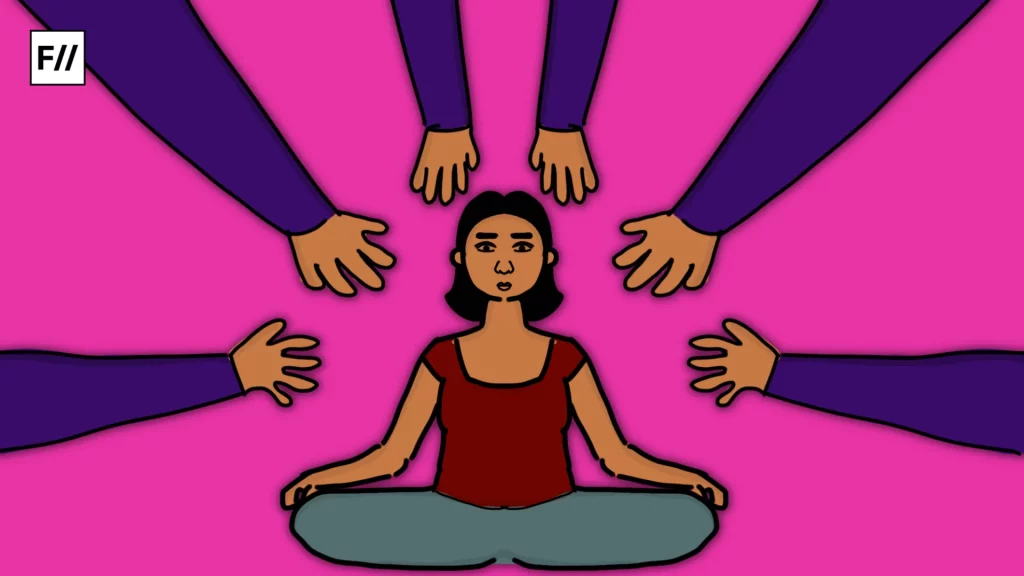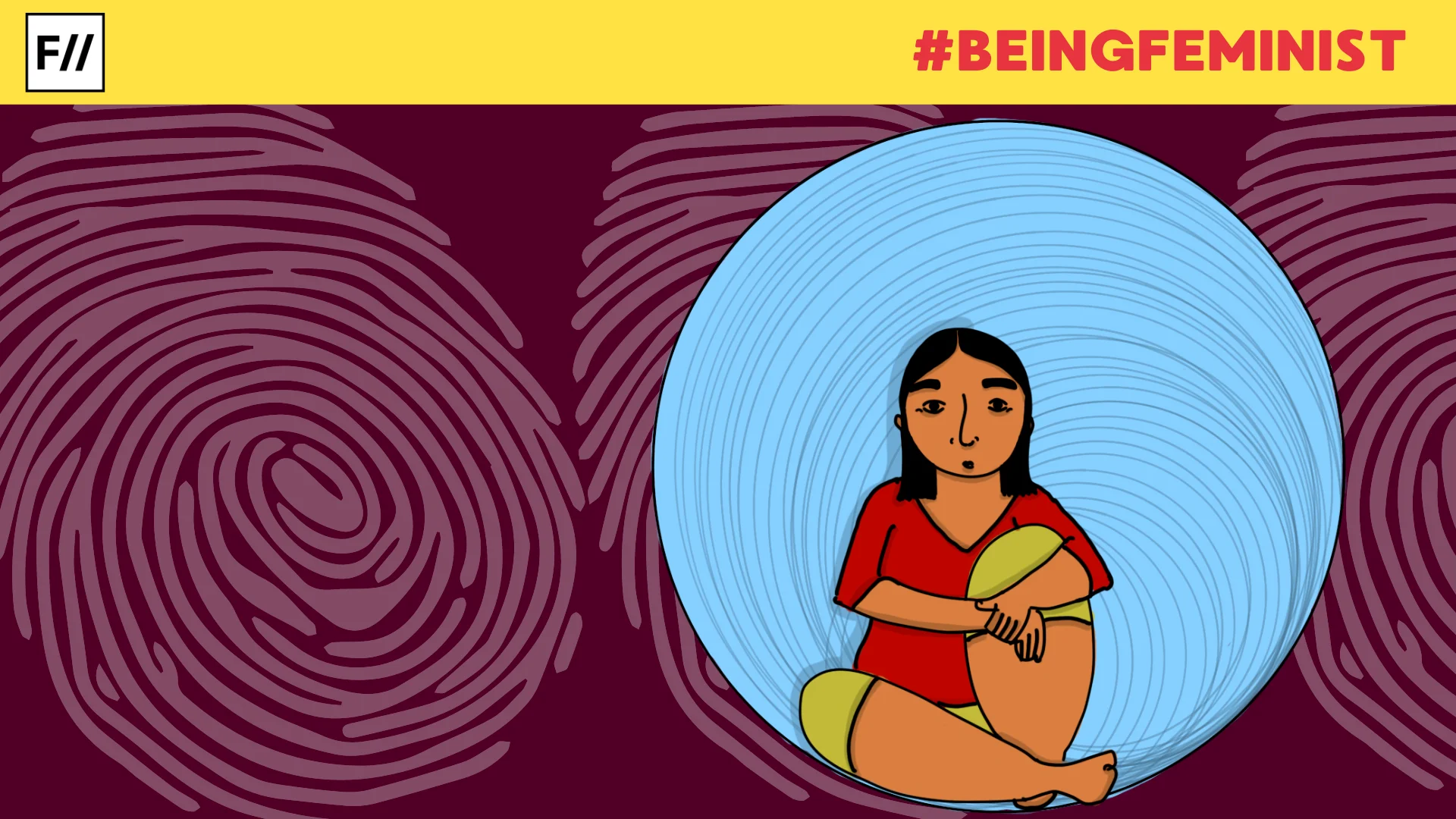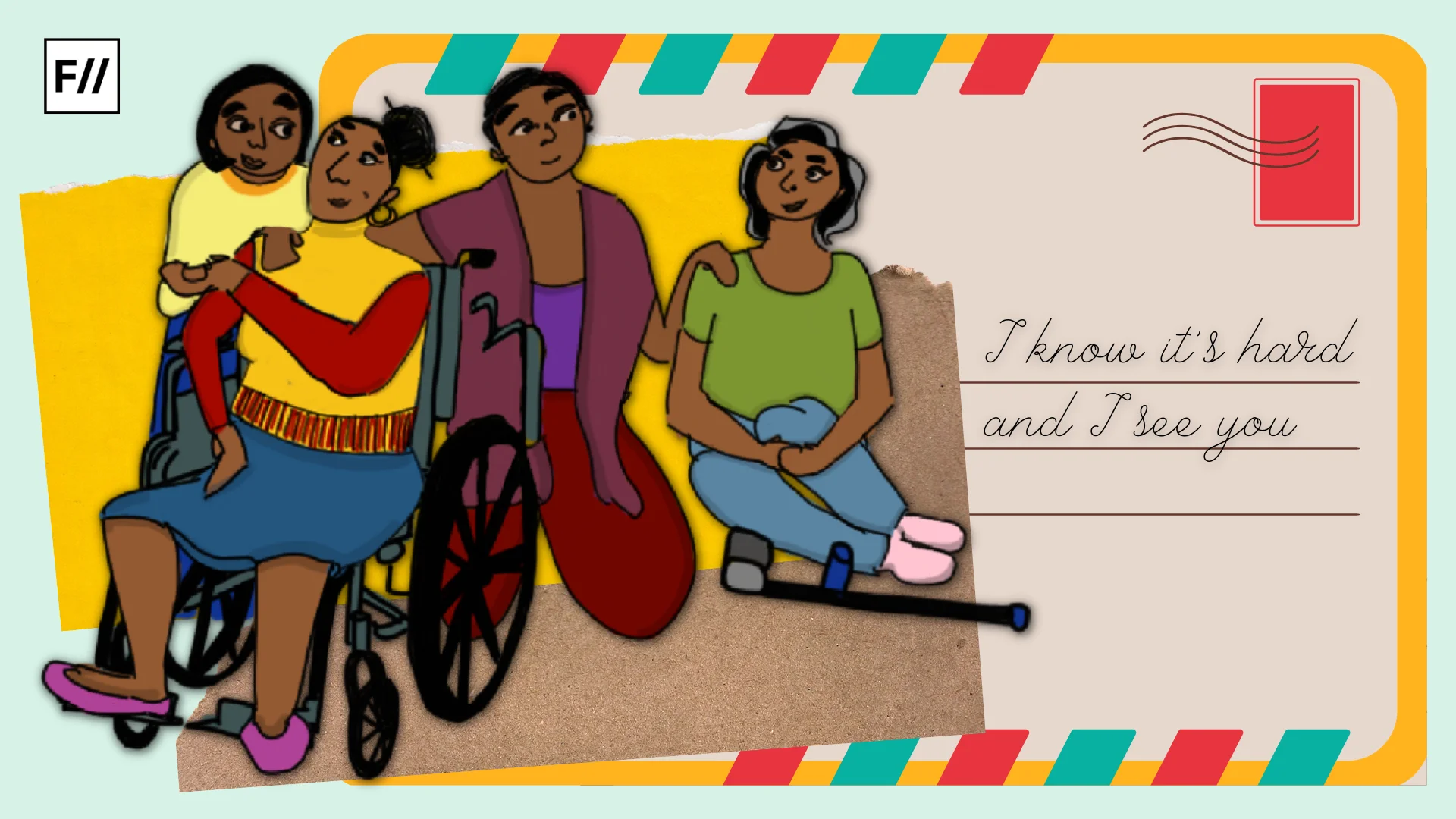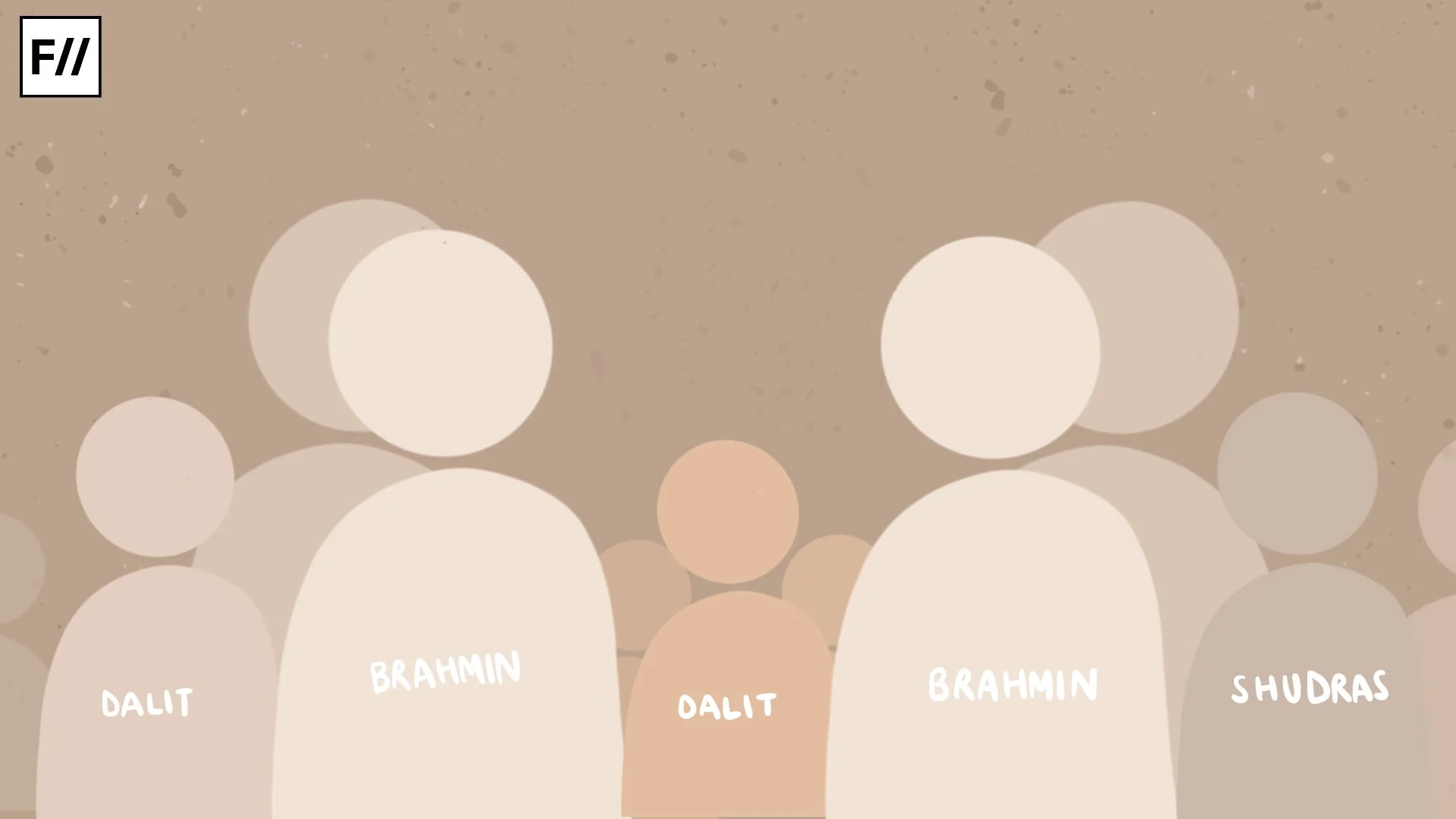I am not a movie buff. When I open a streaming app, I take my sweet time deciding what to watch, which makes me lose interest in watching something altogether. However, when I saw Paradha was available, I instantly clicked on it. I was curious to see how the movie, praised as championing women empowerment and feminism, dealt with these themes. One of the lead characters is Amishta (Ami), played by Darshana Rajendran, who is a civil engineer in Delhi. In one of the early scenes in the movie, she is shown at her workplace, in her element. When one of her colleagues requests her for a leave due to menstrual cramps, Ami gives her a death stare. She refuses. She says women have to toughen up and bear with the pain or no one will take them seriously. Her “feminism” takes some time to dismantle, and she only starts realising the problems with her beliefs when she meets an army officer who loves makeup, jewellery, and dressing up.
Post second-wave feminism, typically feminine things began to be seen as weak. Ami’s character in the movie Paradha embodies this type of outlook. It reminds me of a video I once saw, about how women have to make up for the faults in the system. Women are told to be stronger and embrace certain typically masculine things so that they are taken more seriously. They have to mould themselves to fight the system that is clearly working so hard to keep them from growing and taking up equal space alongside men.
Women are told to be stronger and embrace certain typically masculine things so that they are taken more seriously. This advice to toughen and ‘man up’ is not just from men but sometimes from women too. This type of internalised misogyny is sadly all too common.
This advice to toughen and ‘man up’ is not just from men but sometimes from women too. There are distinctions between a ‘girly girl’ and a ‘tomboy’. There is, of course, the ultimate stereotype of the girl who is ‘not like other girls’. This type of internalised misogyny is sadly all too common.
A journey of breaking free from stereotypes
As a teenager, I too was guilty of wanting to be different. Not like other girls. I actively hated the colour pink, especially hot pink, just because it was girly. I tried to distance myself from things like make-up, which I thought was stupid. In eighth grade, I distinctly remember telling my relatives that I did not like talking to the girls in my class because all they talked about was shopping and lipsticks. This was not true. I was lying. Today, I am in awe of my friends who can draw a perfect wing with an eyeliner. I used to go around telling anyone who would listen that girls in higher grades would use the PT periods just to gossip and not play sports. As I grew older, I realised just how wrong my opinions were. For quite some time, I was ashamed of the way I used to think and refused to talk about it. I thought that if I ignored it, it would go away.

But it doesn’t. That teenager is still a part of who I am, and I need to confront those perceptions head-on. As someone who grew into being a feminist, how do I come to terms with the things I once said? Slowly, I came to realise that the internalised misogyny and the need for validation were not a part of me naturally. I could and did unlearn it later in high school. To be feminist is not to be an athletic woman dressed in t-shirts and track pants. It can be that. But it can also be someone who wants to wear a floral dress and glossy lip balm. Feminism, in fact, can be a cause championed by anyone. Personally, I’ve come to love floral clothes. I enjoy shopping for hair clips and like to have different colours and types of hair ties. It’s not about what you wear or what you want to look like. It’s about what you stand for.
To be feminist is not to be an athletic woman dressed in t-shirts and track pants. It can be that. But it can also be someone who wants to wear a floral dress and glossy lip balm. Feminism, in fact, can be a cause championed by anyone.
Once I realised the joy and strength of female friendships, of being a girl’s girl, there was no looking back. This was also around the time I did a deep dive into understanding the LGBTQIA+ community, and it helped me see just how interconnected everything was. Being feminist, I realised, isn’t just about supporting women’s rights but also for all other minorities who are oppressed by the system. It isn’t easy to look back at your younger self, nearly seven or eight years ago, and reflect upon that behaviour. It’s so much easier to erase that part, to pretend I always held the views I hold now. But how, then, would I be able to understand the why? Why do girls sometimes grow up with the belief that it is better to be one type of woman and not another? It took a while to find answers to these questions. Patriarchy, the blanket suffocating us all, would rather we didn’t raise these questions in the first place.
Today, I’m glad I can call out this toxic behaviour when I watch it in a movie. It is okay to take a break when you have menstrual cramps. The need to be strong arises from the need to disprove the notion that if you crack, if you display the least vulnerability, it is because you are a woman and you are fragile. Minorities oppressed by society feel the need to be strong because any individual stumble on their part is attributed to their entire community. But it is okay to pause and take a breath and like the things you like. It is okay to be in pain and take help when you need it. It is okay to be vulnerable sometimes.
About the author(s)
Samhita is a final year student of English Studies at IIT Madras. She enjoys reading, and especially loves engaging with women's fiction, as part of her academic research as well. She's a huge fan of sudokus, crosswords, and all sorts of puzzles.





